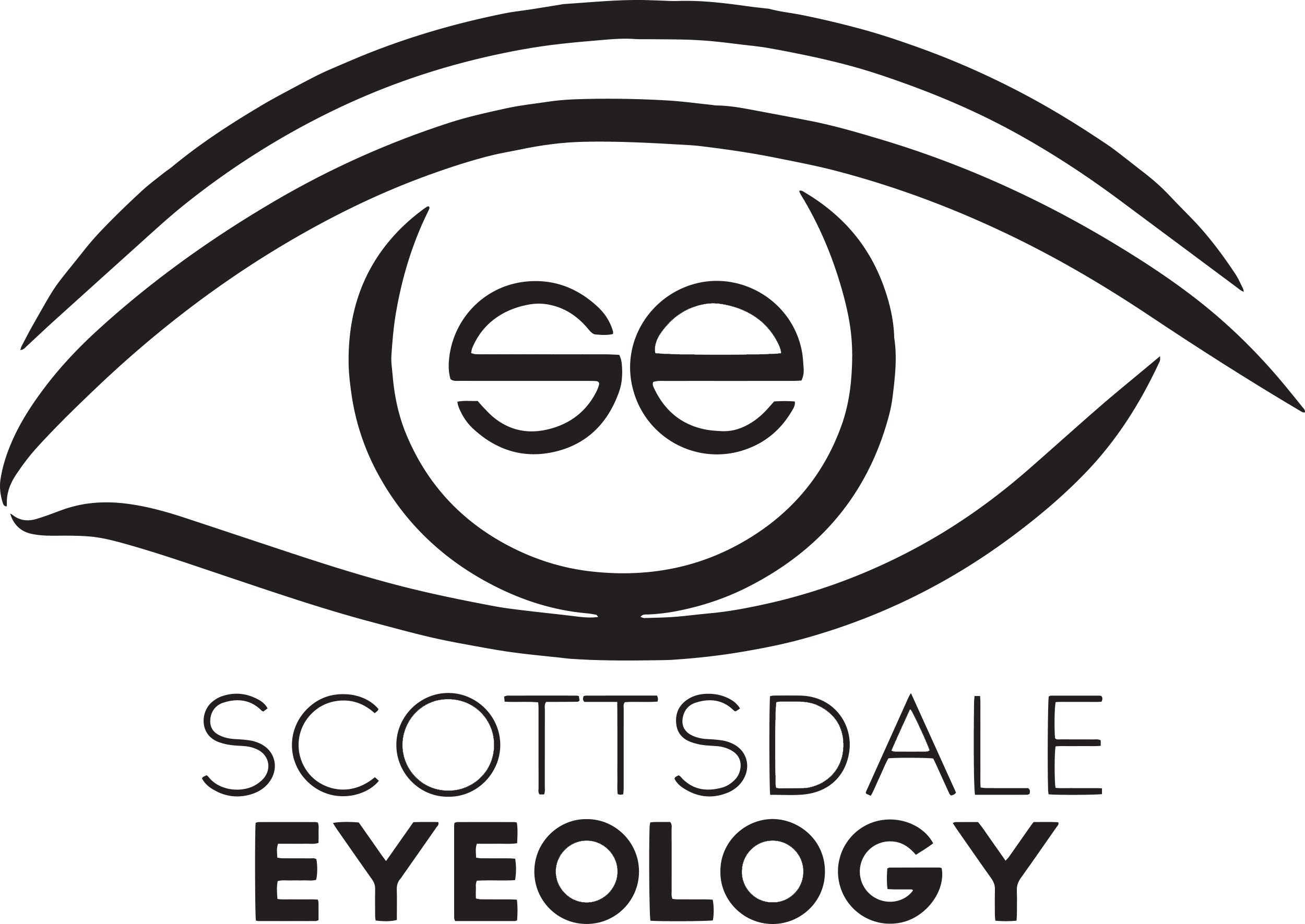As the years go by, our bodies undergo various changes, and our eyes are no exception. One common age-related vision change that many individuals encounter is presbyopia. This naturally occurring condition affects our ability to focus on objects up close, making tasks like reading, texting, and even threading a needle a bit more challenging. In this blog, we’ll delve into what presbyopia is, why it occurs, and explore ways to manage and adapt to this change gracefully.
Understanding Of Presbyopia
Presbyopia is often referred to as the “aging eye condition,” and it typically starts to become noticeable around the age of 40. It occurs due to the gradual loss of flexibility in the lens of the eye, which hampers the eye’s ability to change focus from near to far. This happens because the lens becomes less elastic and is unable to adjust its shape as effectively as it did during younger years.
Symptoms In Presbyopia
If you find yourself holding your phone or a book at arm’s length to read comfortably, you’re likely experiencing the classic symptom of presbyopia. Other common signs include headaches, eye strain, and fatigue after reading or engaging in close-up activities for an extended period.
Adapting To Change In Presbyopia
Embracing presbyopia means understanding that it’s a natural part of the aging process and being open to adjusting your lifestyle and habits to accommodate this change. Here are some strategies to help you adapt:
- Reading Glasses: One of the simplest and most effective ways to manage presbyopia is by using reading glasses. These glasses contain a prescription that enhances your near vision, making reading and other close-up tasks much easier. They come in various styles, from full-frame to half-frame, so you can choose what suits your preferences.
- Bifocal or Multifocal Lenses: If you’re also dealing with other vision issues like nearsightedness or farsightedness, bifocal or multifocal lenses might be a good option. These lenses offer different prescriptions in various parts of the lens, helping you see clearly both up close and at a distance.
- Progressive Lenses: Similar to bifocals and multifocal, progressive lenses provide a gradual transition between different prescriptions, eliminating the noticeable line that these other types of lenses have. This makes for a more natural and seamless visual experience.
- Contact Lenses: For those who prefer not to wear glasses, multifocal contact lenses can provide a similar effect. Consult an eye care professional to determine the best type of contact lenses for your needs and lifestyle.
- Surgical Options: In some cases, individuals might consider surgical interventions like monovision LASIK or refractive lens exchange. These procedures can help correct presbyopia, but they come with their own set of considerations and potential risks, so it’s essential to discuss them thoroughly with a qualified eye surgeon.
Caring For Your Eyes In Presbyopia
While managing presbyopia is crucial, taking care of your overall eye health is equally important. Regular eye check-ups, maintaining a balanced diet rich in eye-friendly nutrients, protecting your eyes from harmful UV rays, and practicing good screen hygiene can all contribute to maintaining optimal eye health.
Conclusion
Presbyopia may bring about changes in our vision, but it doesn’t have to hinder our daily lives. With the array of eyewear options available today, as well as surgical interventions for those who are eligible, managing presbyopia is more achievable than ever. Remember, adapting to these changes with a positive mindset and a proactive approach can make all the difference in maintaining a clear and comfortable vision as you navigate the vibrant journey of life.


